

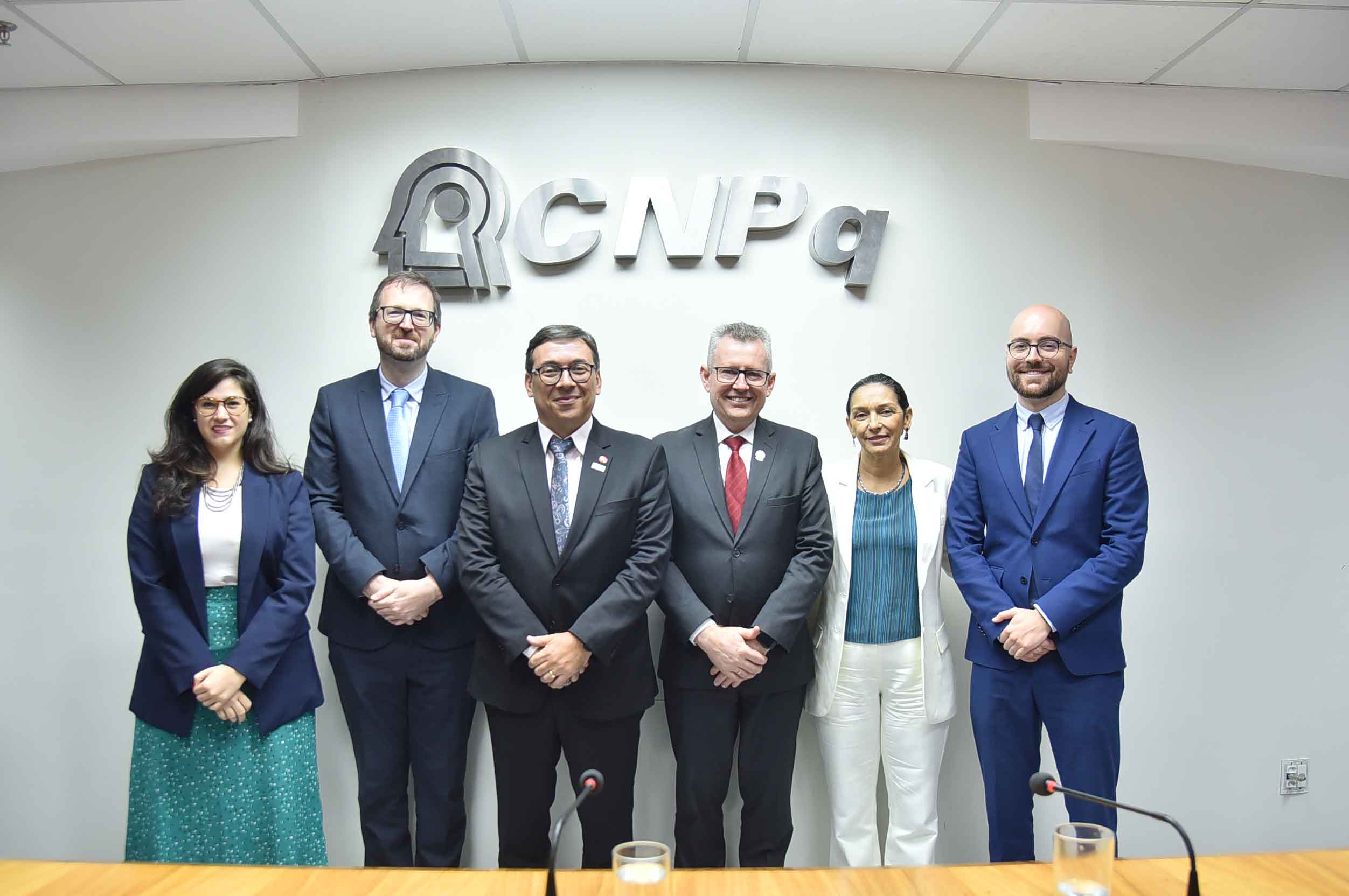
The funding will be for scientific expeditions under the current call for proposals which is taking applications until April 29, 2024.

A research project showed that mobilizing citizens in flood-prone areas improves data collection and increases resilience.
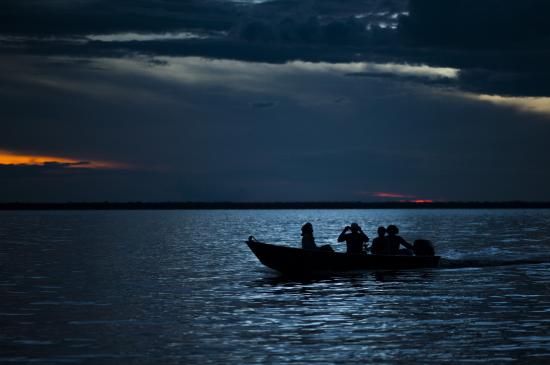
Subnational funding agencies and Brazil’s National Scientific Council will partner to allocate almost BRL 60 million to research projects that explore little-known areas of the world’s largest tropical forest.

A model developed by a cross-border collaboration including Brazilian researchers could help decision-makers assess the real impact of green roofs on the urban food-water-energy nexus.
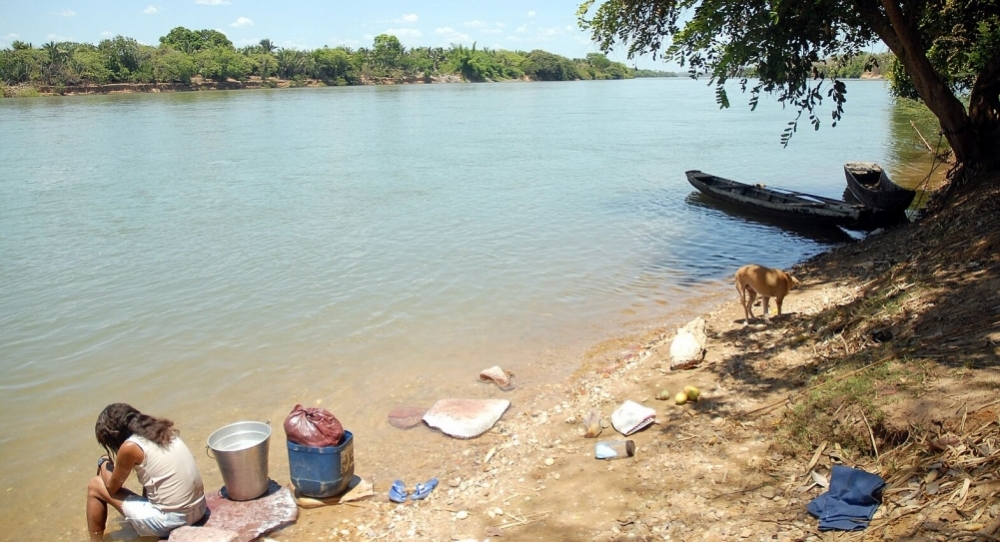
The innovative approach highlights vulnerability to deforestation, fire and drought, as well as poverty. The results can help formulate public policies for sustainable development.
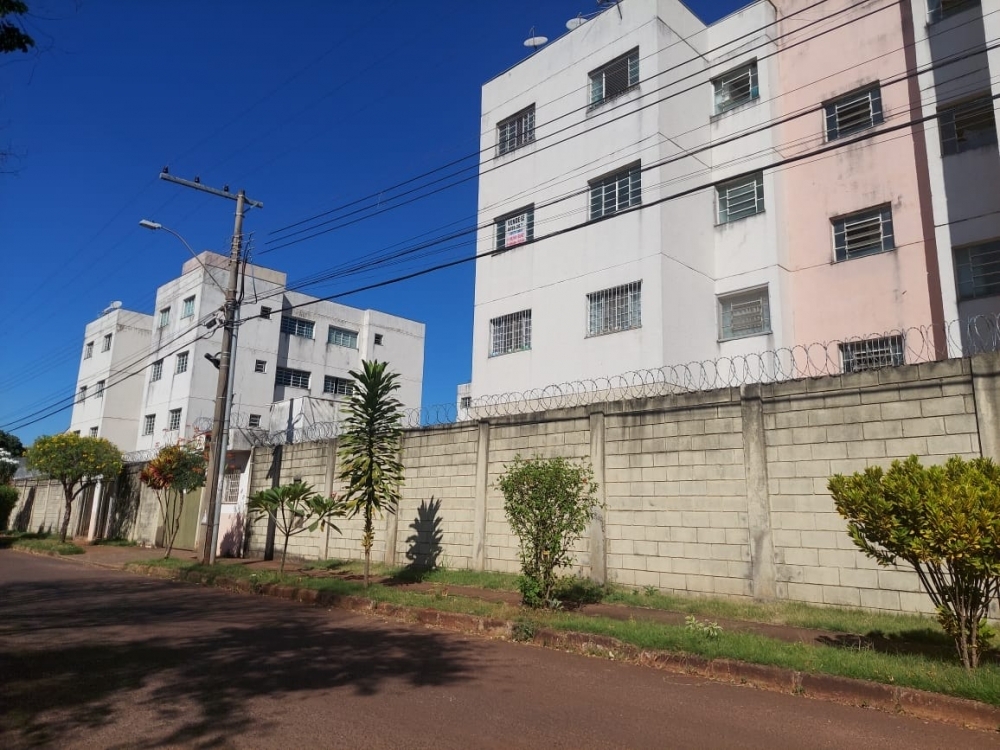
As well as benefiting users, the aim was to contribute to energy saving and help reduce greenhouse gas emissions.
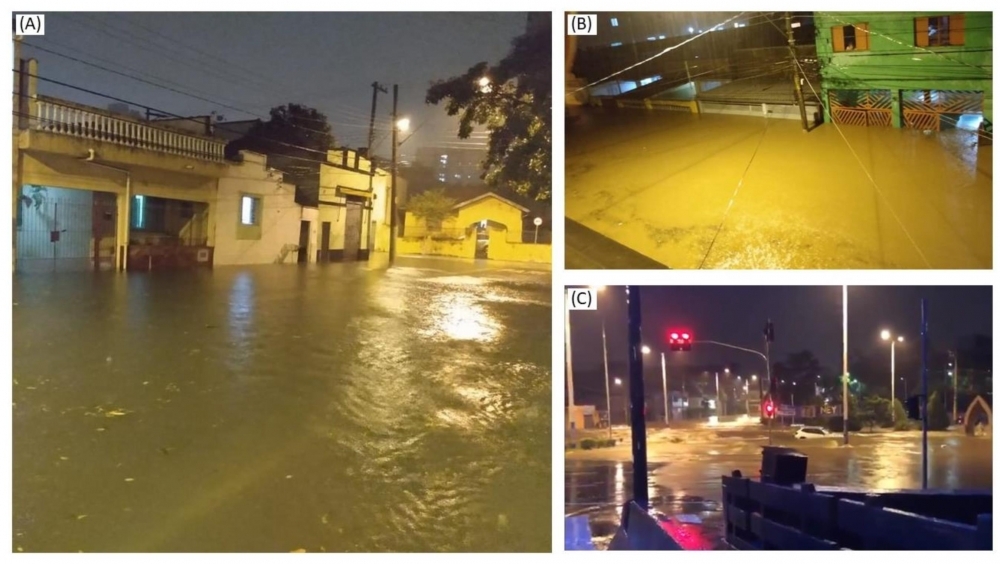
The study combined models that predict urban expansion and land-use changes with hydrodynamic models, and the results were validated using actual data for São Caetano do Sul, a city in metropolitan São Paulo.

An online event presented the results of five projects selected in a call issued by FAPESP in partnership with the Belmont Forum and JPI Urban Europe.
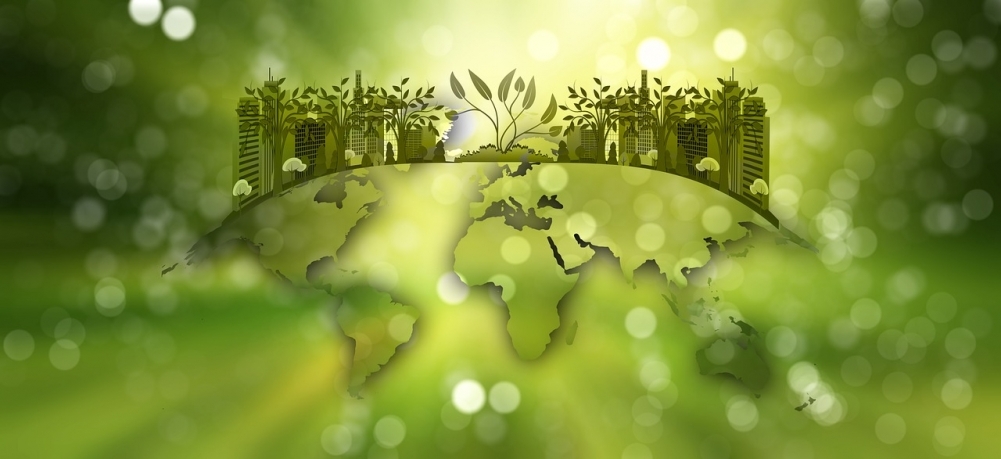
Researchers discuss 17 case studies conducted in the Americas, Asia-Pacific and Africa involving ways to implement integrated management of water, energy and food.

A study analyzed changes to the built environment to promote physical activity in Brazil’s largest city between 2015 and 2020, using data from online public libraries as well as the city and state governments.

Researchers and stakeholders in Brazil and the United Kingdom investigated the effects of proximity to the sea on physical and mental health.
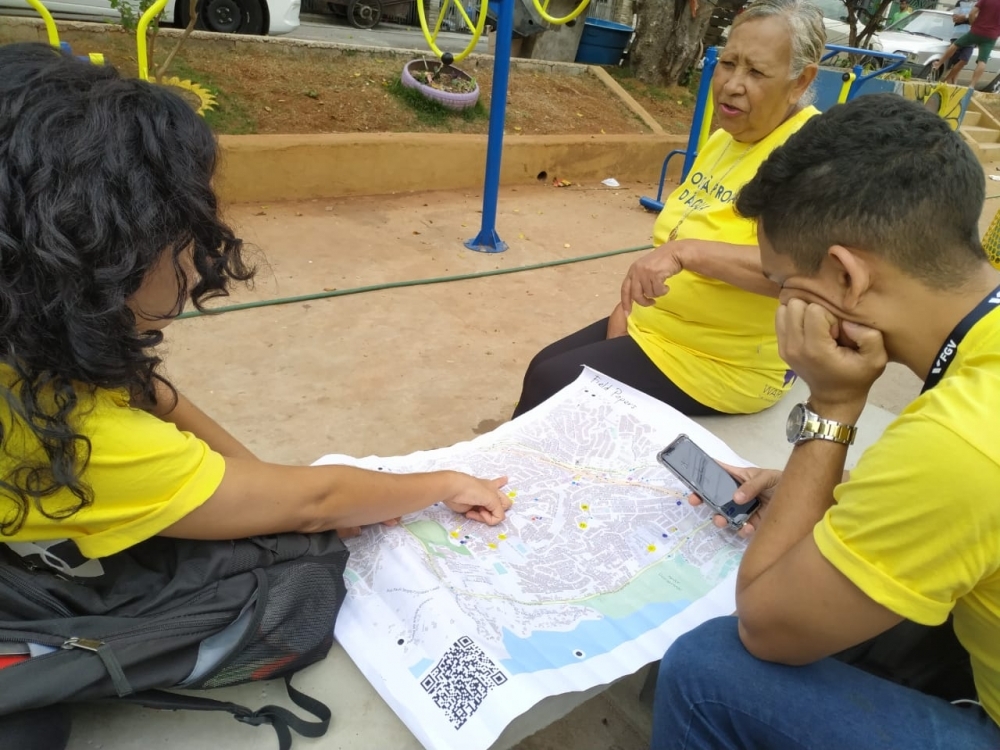
An article in Disaster Prevention and Management describes the course of discussions involving Brazil and the UK on how to improve flood risk governance. The project has produced an application and learning guide resulting from community participation.

Research conducted in São Paulo, the largest city in the southern hemisphere, also found sidewalk width and tree height to be key factors. The results will be used in tree management and urban planning.

Eduardo Góes Neves, an archeologist at the University of São Paulo, sets out this and other findings of 15 years of research in a book for non-specialists.

FAPESP and 19 other research foundations will invest BRL 50 million in collaborative science projects aiming at sustainable development in the Amazon.
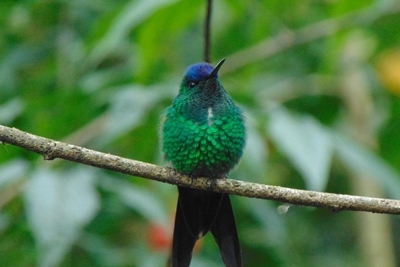
Officially launched on May 18, BIOTA Synthesis is one of FAPESP’s new Science for Development Centers. In the next five years it will develop solutions to challenges relating to sustainable agriculture, water security and control of zoonotic diseases.

Brazilian scientists tested a participatory disaster risk monitoring strategy in a town that was partially destroyed in 2010 after an unprecedented flood. The methodology can be applied in other parts of the country.

With the support of NGOs, universities and business, the inhabitants of small towns in the Amazon are practicing a self-sustaining circular economy in which waste is converted into inputs for production.

An article in Trees - Structure and Function reports findings from an analysis of 7,000 tree falls in a three-year period. Stormy weather was the main cause during the rainy season.
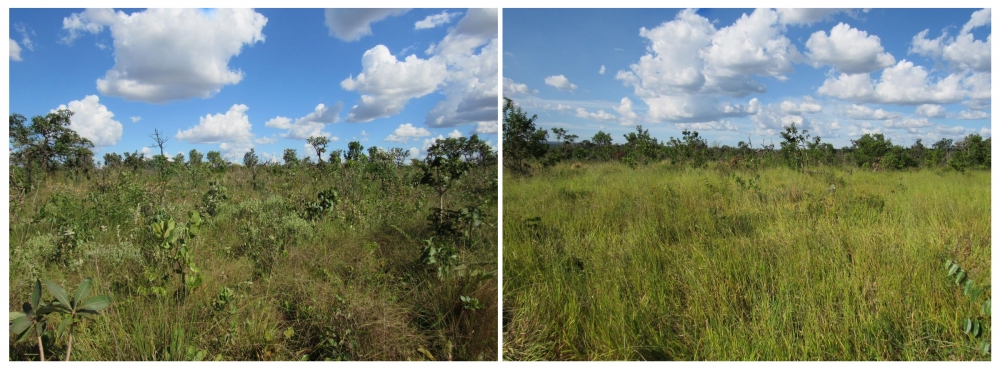
Researchers in Brazil, Argentina, Chile, and the UK are participating in the initiative. Results are published in the journal BioScience.

Renowned scientists will address topics related to how society has been coping with this threatening environment and will discuss factors that influence behavioral change.
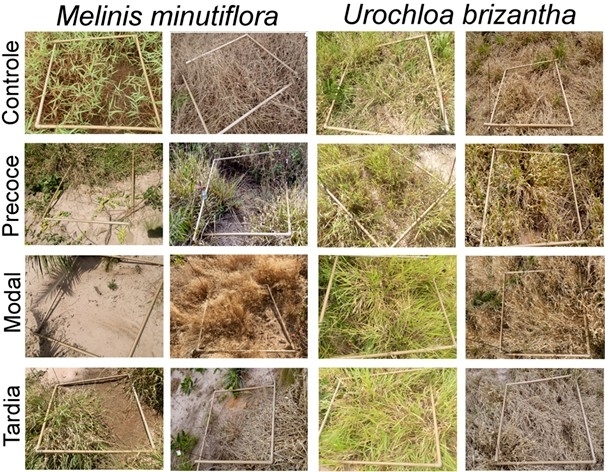
Brazilian researchers show that African forage grasses resist management by fire and that palisade grass tends to spread to burned areas previously occupied by molasses grass, another invasive species.

A literature review by researchers affiliated with universities in Brazil and the United States produces the first ever nationwide survey of land use impacts on water quality, showing how a lack of planning may affect the availability of a natural resource that is already becoming scarce.
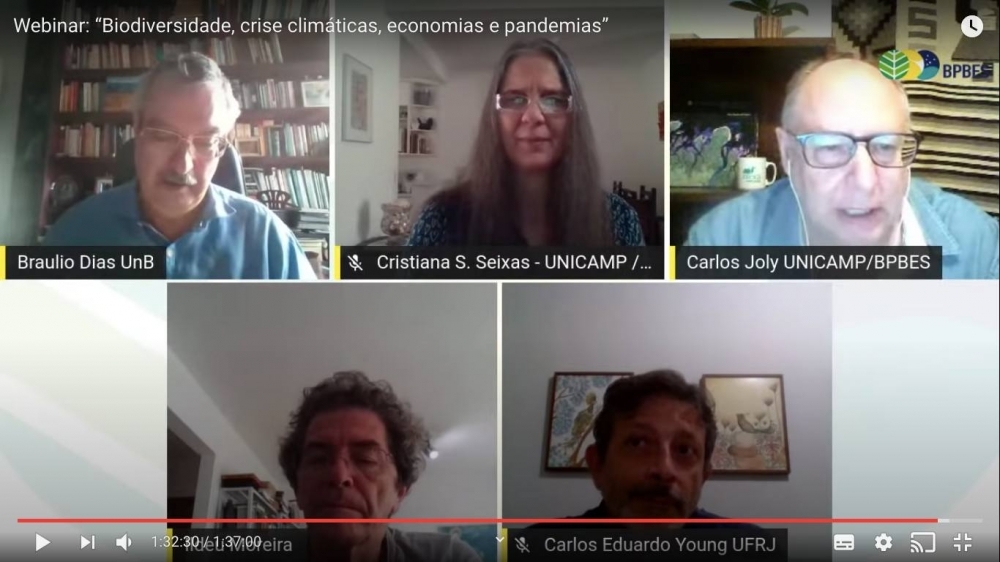
This was the main scientific position to emerge from the online seminar “Biodiversity, climate crisis, economies and pandemics” organized with FAPESP’s support via its program focused on biodiversity.

An analytical tool available online assessed data from over 1 million walking and cycling trips in Boston (USA) with the aim of strengthening public strategies for the encouragement of non-motorized forms of urban mobility.